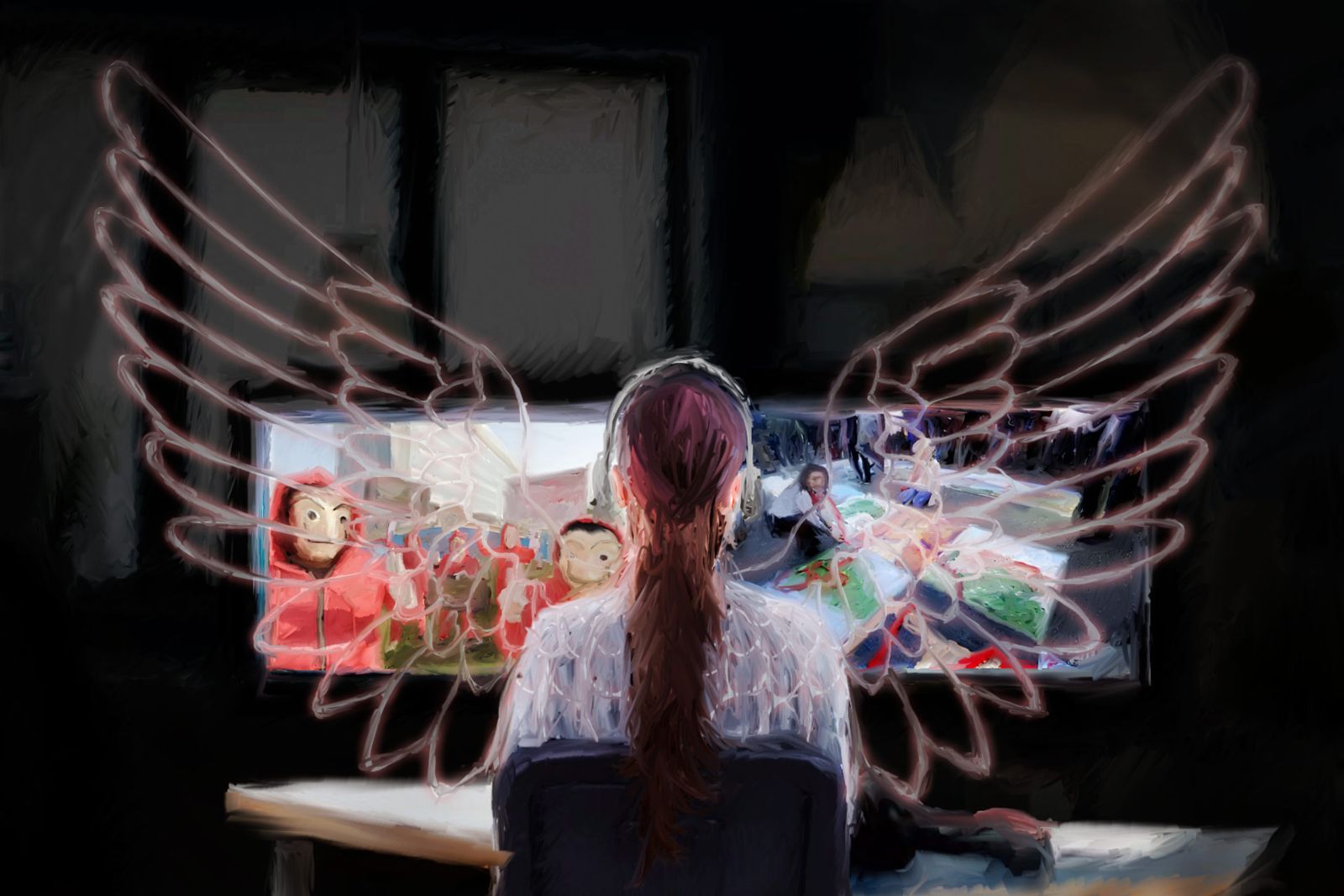The previous post set out a range of contemporary challenges facing civil society, which have rendered activism, oversight, protest, and pushback against injustice and authoritarianism more difficult. This post highlights how civil society actors have responded with innovation, resilience, defiance, and renewed strength. Measures taken include: innovative protests compliant with virus suppression measures; employing digital technology to expand civic space and re-think the logistics of physical protests; civil society action to fill governance gaps; targeted action against specific leaders; and new models for sharing knowledge.
In states worldwide, activists have ‘reshaped’ protest, organizing visually striking physical demonstrations compliant with social distancing regulations, including against the perceived assault on democracy in Israel and attempts to drastically narrow reproductive rights in Poland. In Chile, citizens have addressed constraints by projecting scenes of past demonstrations into public spaces. In India, grassroots responses to the ‘silencing’ of the federal Parliament have included an online ‘people’s parliament’ (Janta Parliament) during August 2020 as an alternative forum for deliberation about rights issues. The creation of cooperative citizens’ media organizations at the local level in the UK aims to re-make local media. Change.org’s new Global Civic Engagement Index, designed to track COVID-19’s impact on activism, has indicated an international increase of 81% of people joining or signing online petitions.
The July 2021 riots and public violence in South Africa have been met by a robust civil society response focused on solidarity and community spirit, assisting those affected and filling the governance gap left by a ruling party in disarray, with activists using the hashtag #CleanupSA and organising through WhatsApp groups. Similarly, in Indonesia, the lack of economic support for those hardest hit by the pandemic, from a government wedded to a particularly predatory form of capitalism, has been met by local initiatives organizing social assistance, based on gotongroyong: a local culture of solidarity.
The Carnegie Endowment’s Global Protest Tracker indicates that 78% of authoritarian or authoritarian-leaning governments have faced significant protests since 2017. The pandemic has sparked further anti-government action including ongoing protests in Cuba and Brazil. Civil society organisations have gone on the offensive; for instance, as President Bolsonaro’s public support plummets and support for his impeachment has soared to 58%., NGOs have filed 122 impeachment demands seeking to remove him from power. In Myanmar, protestors country-wide have continued to challenge, everyday and at great personal risk, the coup d’état by the military (Tatmadaw) in February. One year after citizens first took to the streets, protests in Belarus continue despite acute repression, with trade unions leading the charge.
These are all powerful reminders that although civic action has been constrained under the pandemic, in some respects it has found new energy. More importantly, while physical activism has been restricted, the scale and strength of online activism appears to have expanded. While there is no substitute for physical activism, and we have long ago discarded the notion that online technologies are inherently freedom-enhancing, innovations during the pandemic offer new routes and hybrid models of activism, and ways to share information in real time, which will support the resilience of civic space long into the future.
These are all powerful reminders that although civic action has been constrained under the pandemic, in some respects it has found new energy.
This is epitomised by the global influence of the ‘Hong Kong Blueprint’ everywhere from Minsk to Bangkok, including the ‘be water’ strategy; namely, protesters live-streaming on social media to share information, such as police movements, to quickly disperse and re-organise to avoid crackdowns. It is also seen in the #MilkTeaAlliance, an online solidarity movement linking activists in Hong Kong, Taiwan and Thailand.
COVID-DEM itself is an example of a new model for information-gathering, connecting communities of activists and academics globally, and making vital information freely available as soon as it is published. The project is run on a shoe-string budget, with valuable support from the organisation International IDEA and a team of volunteers, with information sent on a daily basis by policymakers, activists, and scholars from around the world. Initiatives included in the project are the creation and maintenance of Twitter accounts such as COVIDStateWatch, that track instances of abuse by police powers and states of emergency. Another initiative is the Coronavirus Tech Handbook—an open-access repository of resources on elections and democracy with an accompanying WhatsApp group.
Analysts and organizations worldwide speak of how the pandemic has spurred a “reinvention” of civic activism, found a new “dynamism despite disruption,” and are busy setting out strategies for “claiming back civic space”, to turn the tide against the relentless narrowing we have seen for years now. Key challenges include: achieving a sustainable rebalancing of civic action, which has become dominated by ‘professional’ organizations; maximizing the combined and iterative power of offline and online activism; and ensuring that spontaneous and leaderless movements, including the Black Lives Matter movement, can produce sustained institutional change.
While civic action and civic space are under relentless pressure worldwide, different dimensions of a more positive future are being built and fought for, right now, in states and communities across the world. Some aspects of building a better future will never change, especially deploying the political, visual, and symbolic power of grassroots action on the street. However, we now have a fuller array of strategies to deploy, which can only be a positive. Civic space is not simply closing—it is changing and gathering new force.
This is part II of a post by Tom Gerald Daly on reimagining civic space for hope. Here is part I.
*This article is a part of OGR's Imagining our Post-Pandemic Futures series on the human rights practice needed for creating a better world during and beyond the COVID-19 pandemic.

